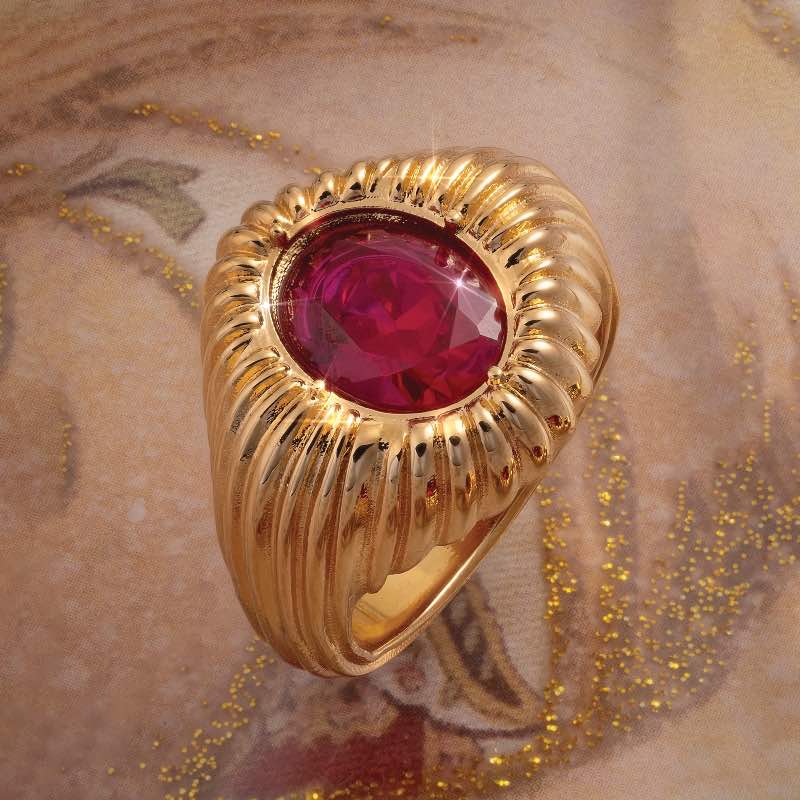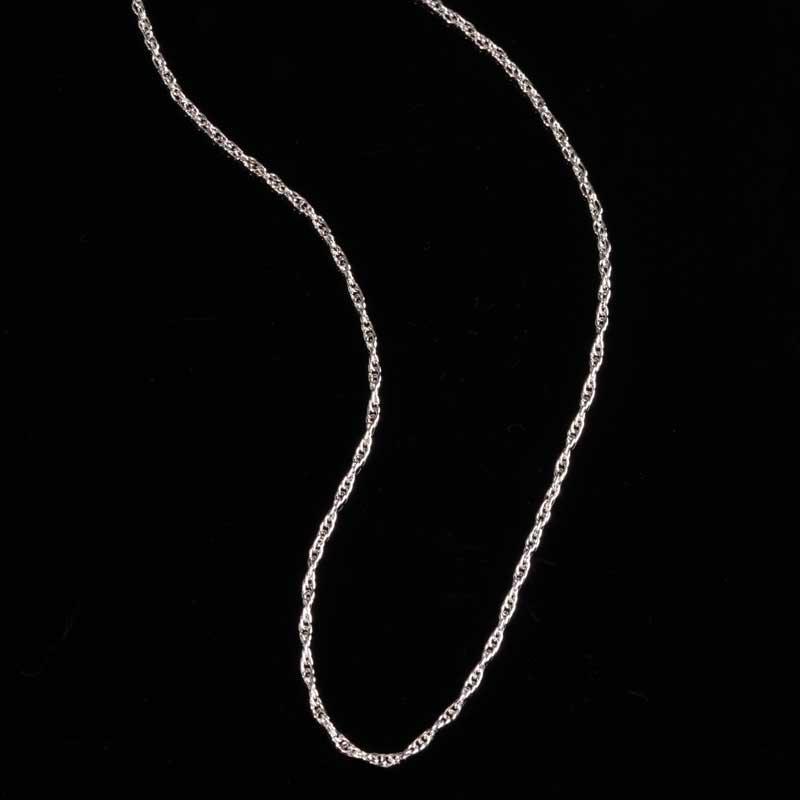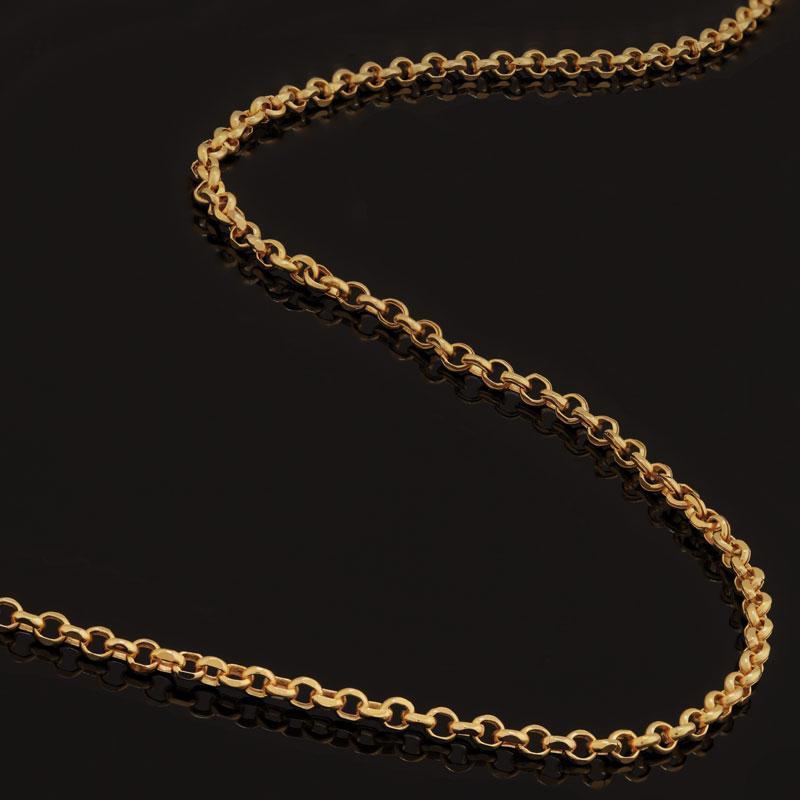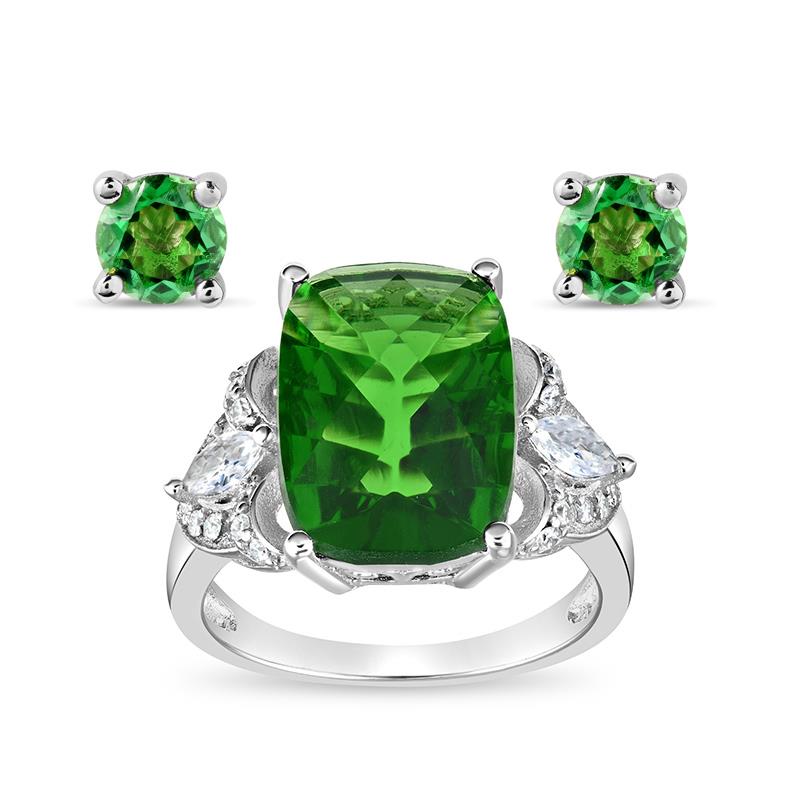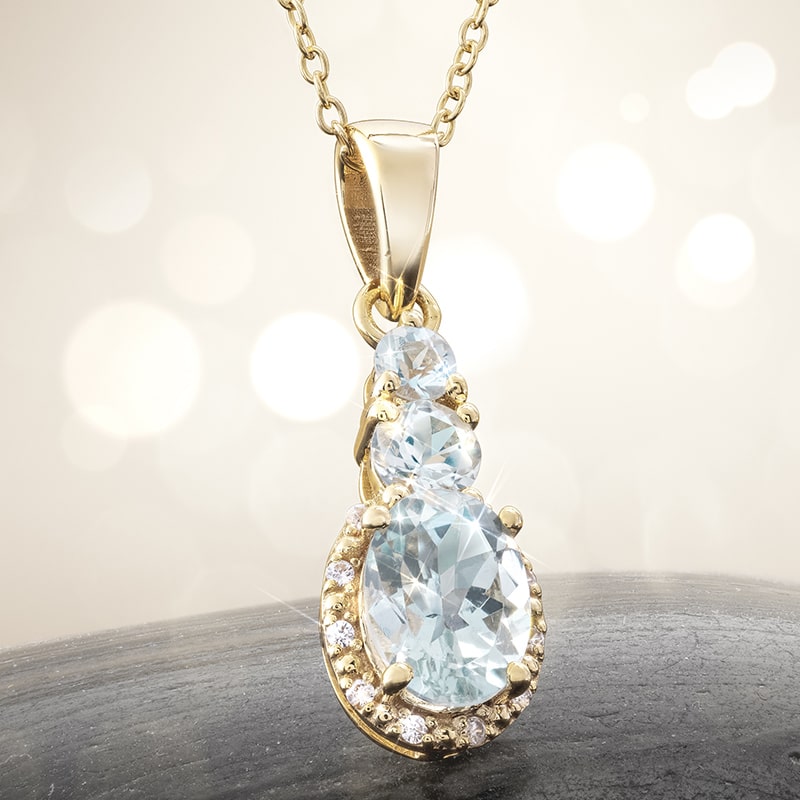The Mind Over the Mined
A 3-1/2 carat Italian-made lab ruby ring
Rubies have been at the top of the luxury gemstone world for even longer than diamonds. Lab-created rubies have improved on mined stones and have a fascinating history and scientific background. The quest to create these gems began in the late 19th century, with the first successful production by French chemist Auguste Verneuil in 1902 through a flame fusion process.
Lab-created rubies are chemically, physically, and optically identical to natural rubies, as they both consist of corundum with chromium providing the characteristic red color. The primary difference lies in their origin: mined rubies are mined in environmentally challenging ways, while scientifically-grown rubies offer a sustainable, ethical alternative to mined rubies, often at a fraction of the cost. They also exhibit fewer inclusions and can be produced in larger sizes and more consistent quality, making them popular in fine jewelry.
Stauer’s 3 ½ carat Italian-made lab ruby ring would cost over $20,000 if using a Burmese mined ruby. And that Burmese ruby would have inclusions and less clarity! Clearly, we have found a better way.



